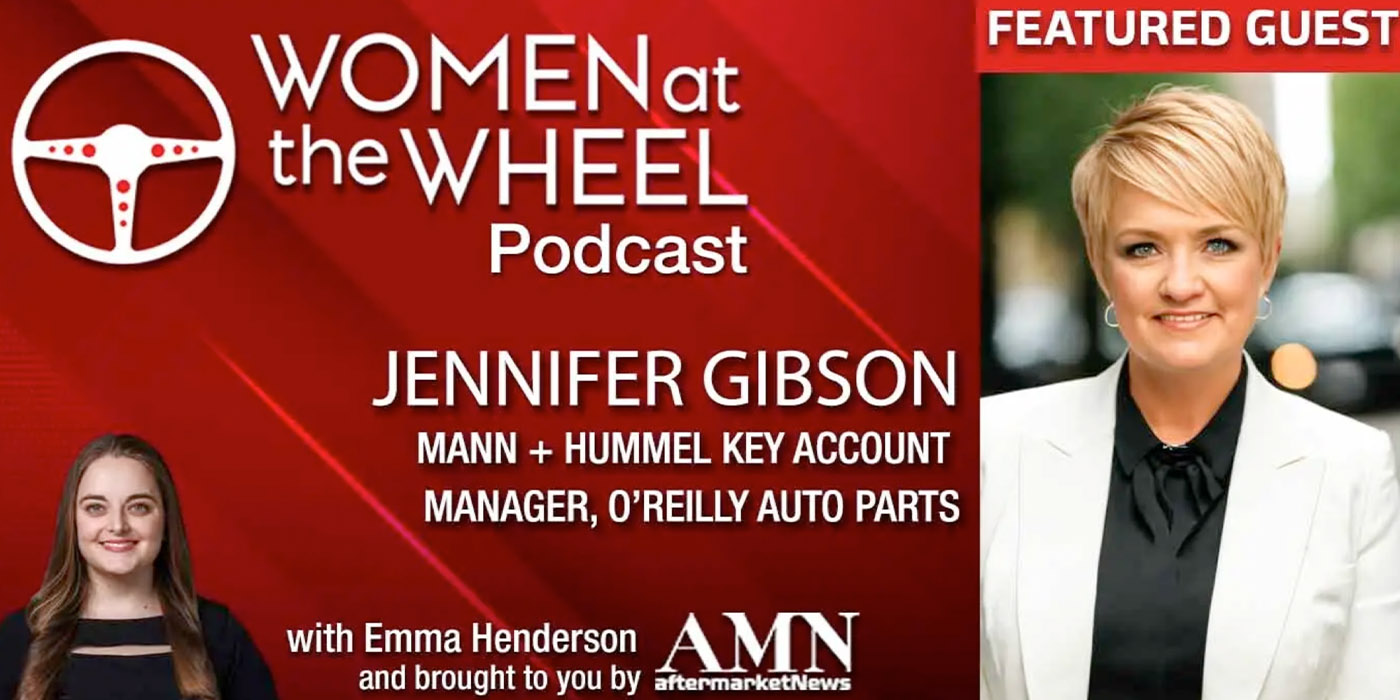To say that the past two years have been a long, strange trip is a colossal understatement. For many of us, personally and professionally, 2020-2021 is a time that we’ll always remember.
On Nov. 2 in Las Vegas, aftermarket leaders kicked off the first in-person AAPEX since 2019 by reflecting on some of the challenges the automotive aftermarket has faced during the pandemic. What emerged was a picture of a strong, resilient industry that historically has thrived in good times and bad.
“What an amazing industry we have,” AutoZone CEO Bill Rhodes said. “What a phenomenal job we together have done serving the motoring public over these last 20 months.”
The same can be said for the trade associations that support manufacturers, distributors and sellers of aftermarket auto parts: most notably the Auto Care Association and the Automotive Aftermarket Suppliers Association (AASA), the latter of which is the light-vehicle aftermarket division of the Motor & Equipment Manufacturers Association.
In good times and bad, these associations are working tirelessly on behalf of this industry. The fruits of their labor were on display in November 2020, when voters in Massachusetts overwhelmingly approved a ballot measure to update the state’s Right to Repair law to include telematics access for consumers. (At press time, the automakers continued to challenge the expanded Right to Repair law in a federal court.) Earlier in the year, Auto Care and other trade associations representing various segments of the aftermarket notched a different kind of victory: lobbying, successfully, for the U.S. Department of Homeland Security to deem the automotive aftermarket an “essential” industry.
The significance of being declared essential wasn’t lost on Corey Bartlett, CEO of Automotive Parts Headquarters.
“I can’t think of anything more critical than the Auto Care Association’s fight for us to be deemed essential,” Bartlett said during the Nov. 2 buyer panel. “It was sure fun to watch our team – the guys in the stores – stand a little bit taller when they heard we are essential employees and we are here to take care of our communities. For us, the associations were absolutely imperative to keep rolling [during the pandemic].”
Greg Johnson, CEO of O’Reilly Auto Parts, also praised Auto Care and AASA for continuing to “fight the good fight for Right to Repair” and data access for vehicle owners. In 2019, Auto Care and AASA announced that they were joining forces on the “Your Car. Your Data. Your Choice.” consumer-education campaign.
“Sometimes, I think we take the industry associations a bit for granted,” Johnson added. “But the past couple of years, we’ve really seen the associations shine on our behalf.”
Still, trade associations emphasize that they can’t fight the good fight alone – especially when going up against the deep pockets of the automakers in the fight for federal Right to Repair legislation. Aftermarket leaders participating in the AAPEX buyer panel agreed.
“We would all love to have a federal solution,” Rhodes said of Right to Repair. “It won’t be easy. It’s going to take a village, and we need all of you and your organizations involved.”
At a grassroots level, panelists suggested involving co-workers, family and friends in the fight; supporting political action committees (PACs); and developing relationships with your representatives in Congress.
“I had a fairly mediocre civics teacher in eighth grade, and yet I do not remember one minute of his lesson plan talking about the importance of supporting PACs, or the importance of a personal relationship with each of our congresspeople,” Bartlett said. “And yet that’s where we find ourselves today. How a bill becomes a law – the little cartoon – that’s all great. But the important piece is that we all get involved.”













